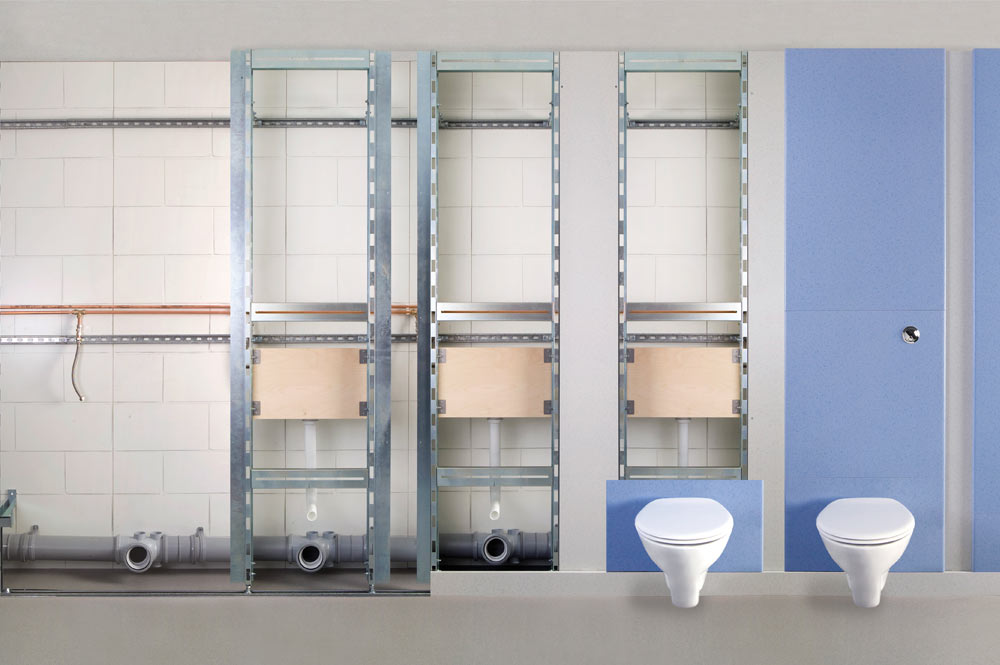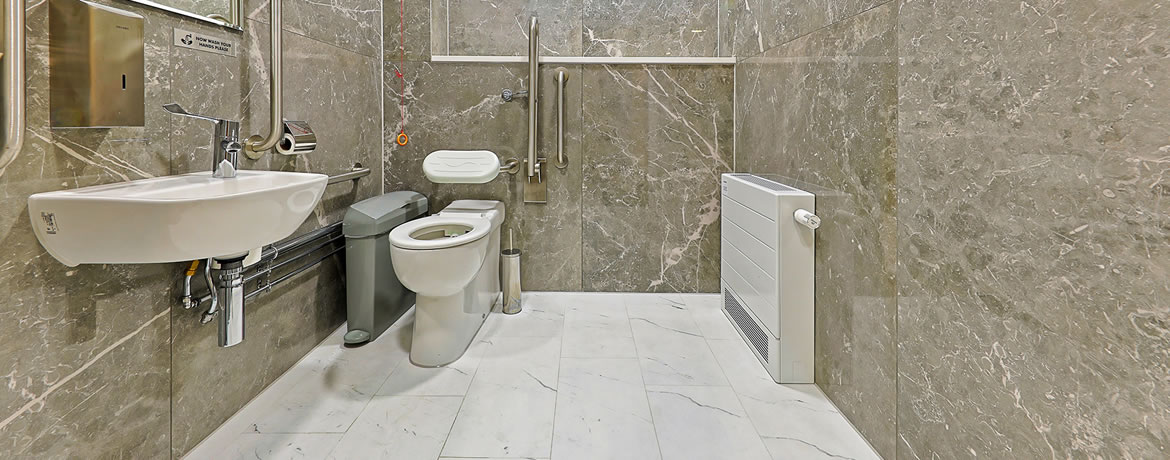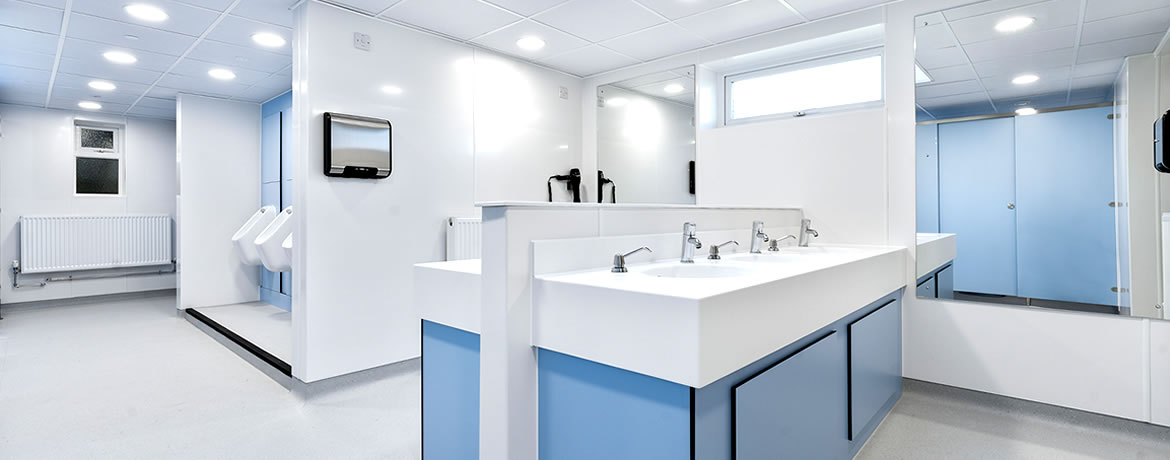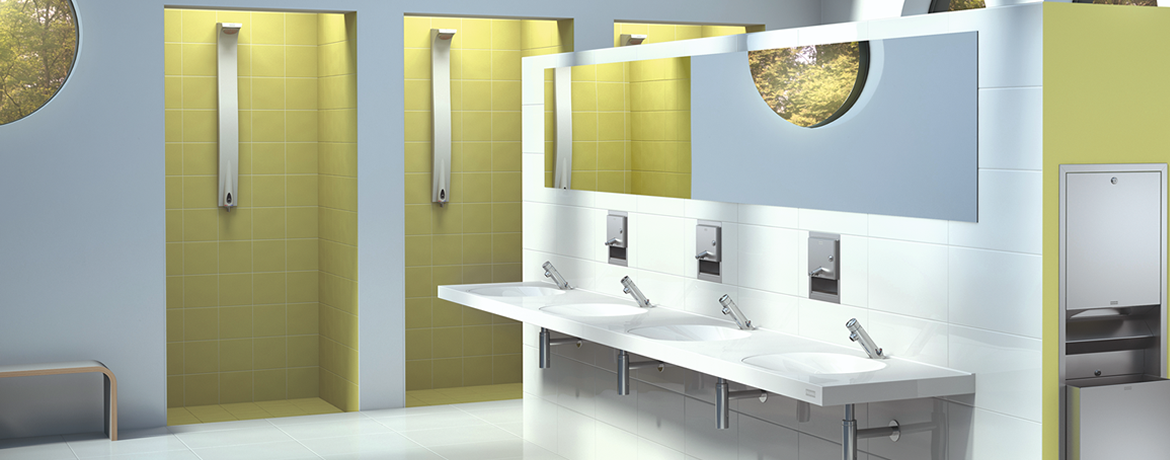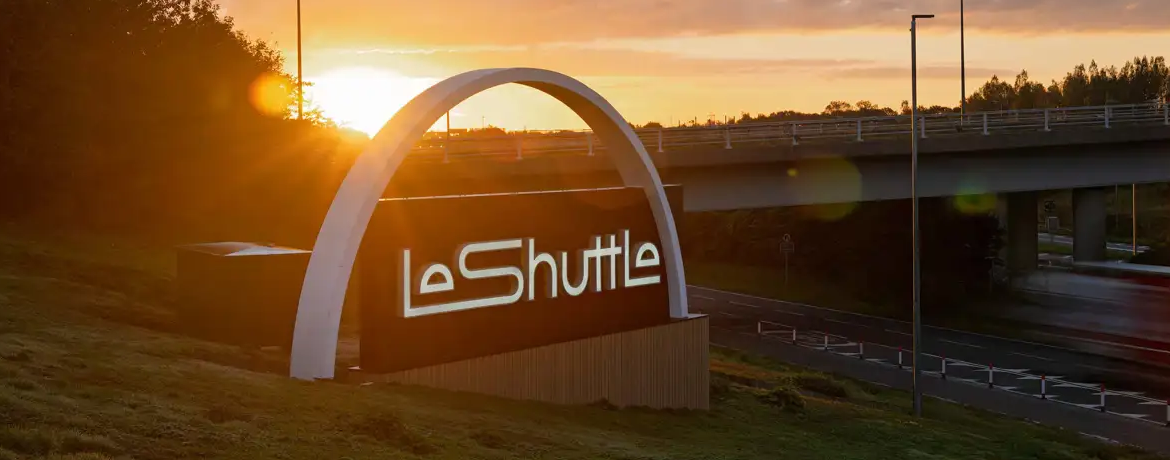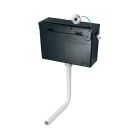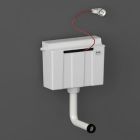How To Access A Concealed Toilet Cistern
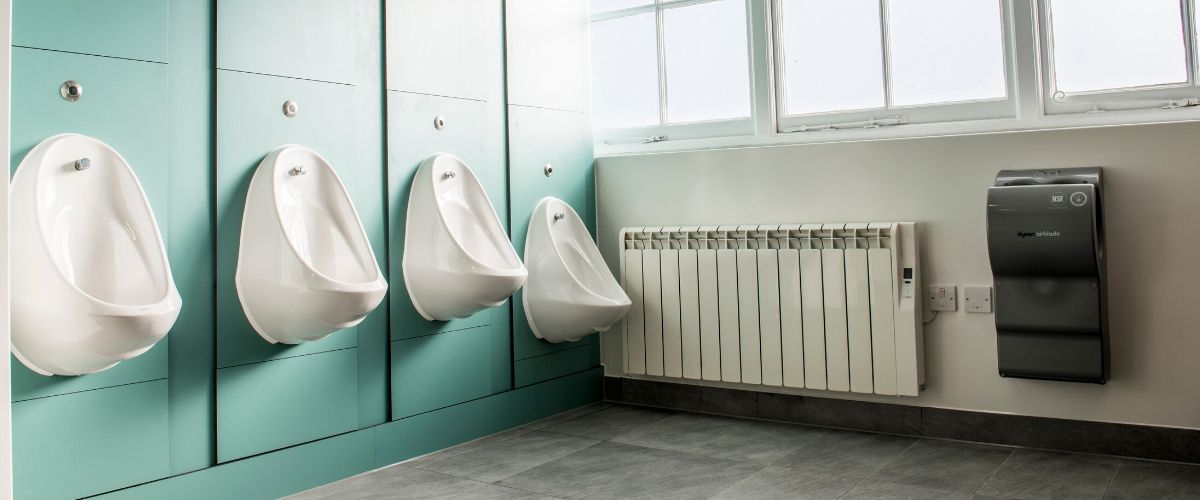
What is a concealed cistern?
The most common toilet and cistern set up that most people are familiar with is the close-coupled toilet. This is the design found in most homes throughout the UK, where a rectangular cistern is directly connected to the toilet bowl sitting at the back of the user. However, a concealed cistern is where the water carrying vessel is placed within a duct set or wall, meaning the only thing on show in the washroom is the toilet pan itself. This is done to create a clean, modern aesthetic, but also to protect the cistern and pipework from being damaged. A concealed toilet cistern refers to any cistern that is hidden from view.
The benefits of a concealed toilet cistern
Concealed cisterns are ideal for high traffic environments as all the pipework and mains services are hidden within a false wall behind the toilet. This makes the washroom easier to clean, as the toilet sits against a flush wall, but also protects the pipework and services against tampering and vandalism. A concealed cistern setup will also allow you to achieve a clean, smart look throughout your washroom and toilet cubicles and has been the go-to for many commercial enterprises and institutions for some time.
How do I access a concealed cistern?
Most concealed cisterns are housed within an integrated plumbing system DUCT set. This will almost always be fitted with access panels, sometimes under a lock and key. However, modern design and material advancements have meant that commercial washroom designers can now deliver an almost seamless finish, making it very difficult to see where the access panels actually are. The rear wall of your cubicle will most likely be clad in a material like high-pressure laminate (HPL) or solid grade laminate (SGL). With a tool, one or more of these panels can be released from a pressure spring catch revealing a large access space.
When you need to access a concealed toilet cistern for maintenance or replacement, you’ll need to follow a few simple steps. The first part of this process is gaining access ot the cistern itself. All IPS wall panels can be removed, but one of the most important things to point out is that you should NEVER use a flat head screw driver or bladed edge to try and prise the panel from the wall. This is almost certainly going to damage the surface of your wall panels permanently.
Removing IPS wall panels correctly
Most concealed toilet cisterns are housed within a DUCT set. This is a thin false wall that creates a service void, clad in highly durable wall panels. These wall panels can be attached in a number of ways, usually with push, or lift off fixings. In order to gain a hold of the panels, you will need to use a glass sucker. This will allow you to gain some purchase on the panel in order to lift up the panel off the catches, or to pull free from the spring loaded clips. Be careful not to damage these panels and lay them face down on to a soft sheet to protect their surface.
Valves and isolation
Before you carry out any maintenance, be sure to switch off the main water feed to the cistern, isolate the electrics if a sensor flush kit is in use, and drain the cistern down into the toilet.
If you would like further information on concealed toilet cisterns or would like advice on how they might benefit your organisation, please get in touch with one of the Commercial Washrooms team on 01202 650900.
MORE TO EXPLORE IN Related Posts

*DISCONTINUED* FluidMaster More Concise Concealed Toilet Cistern

*DISCONTINUED* FluidMaster Concealed Toilet Cistern

